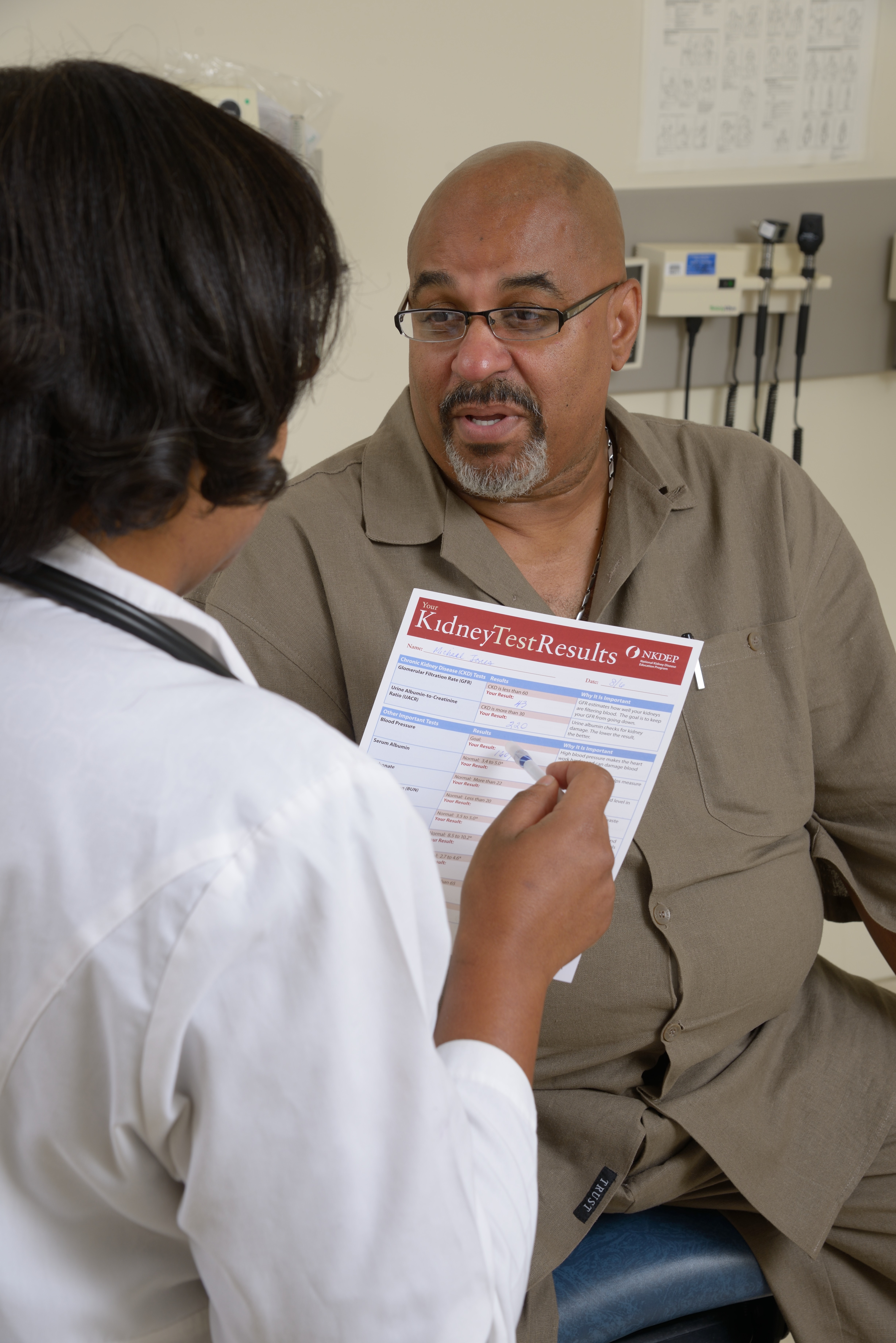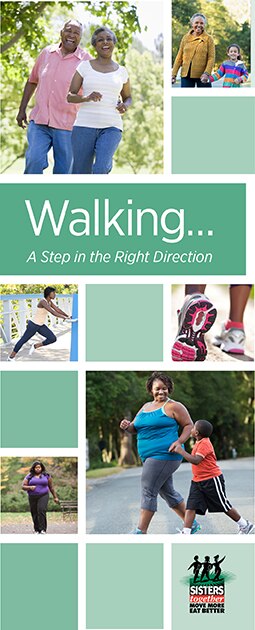Health Information Updates
NIH urges older Americans to protect their kidneys
By Bill Polglase

In recognition of the 2014 World Kidney Day on March 13, NIDDK and the National Institute on Aging (NIA) at NIH came together to raise awareness among older Americans about protecting their kidneys and about the need to better understand the decline of kidney function as people age. Chronic kidney disease (CKD) is defined by decreased kidney function and/or evidence of kidney damage, usually marked by protein in the urine. The CDC estimates that an estimated 10 percent of adults in the United States have CKD. Diabetes and high blood pressure are the leading causes of kidney disease and kidney failure.
Age is also considered a major risk factor for kidney disease. With advancing years, kidney function generally declines, resulting in increased vulnerability of the older kidney to acute injury and CKD. The decline in kidney function with age occurs at different rates in different people. Conditions such as hypertension, smoking and diabetes can accelerate the decline.
Because healthy people have significant reserve kidney function, most age-related decline in kidney function does not make an older person feel or function any differently. However, it is important to know whether kidney function is reduced. Moreover, if kidney function appears to be declining at a rate faster than expected, reversible or treatable causes might be identified to slow the process.
Whether the cause is aging, disease or both, as kidney function declines, complications from certain medications increase. The level of some medicines in the blood may increase because impaired kidneys are less able to eliminate them. The National Kidney Disease Education Program has resources on medications for those with kidney disease and many other aspects of managing kidney disease.

“There is a significant need to educate the aging population and their health care providers about ways to prevent kidney injury,” said NIDDK Director Dr. Griffin P. Rodgers. “Encouraging older Americans to know their level of kidney function and be mindful of the medicines they take is an important step toward reducing the growing rates of kidney injury.”
As the U.S. population ages and rates of diabetes rise, the number of older Americans at risk for kidney disease will increase. NIDDK and NIA support several research initiatives to advance knowledge about age-related kidney function decline and approaches to prevent and treat CKD.
“We are leaning a great deal about kidney disease in older adults, but more research needs to be done,” said NIA Director Dr. Richard J. Hodes. “We look forward to collaborating with our colleagues at NIDDK in promoting research to reduce the burden of kidney disease in older people.”
Updated walking brochure helps adults meet physical activity goals

The Weight-control Information Network (WIN) has updated its popular brochure Walking: A Step in the Right Direction.
The revised brochure features a step-by-step-approach to starting a safe and effective walking program. It includes a sample 20-week walking plan that starts with 15-minute walks and gradually builds up to an hour. A new graphic shows readers how taking short, brisk walks throughout the day can add up to the 150 or more minutes (two-and-a-half hours) a week recommended for adults by the 2008 Physical Activity Guidelines for Americans. The brochure is part of WIN’s Sisters Together: Move More, Eat Better program, which offers evidence-based, age-appropriate and culturally relevant content. The materials give black women, their families and friends practical tips to help them move more and consume healthier foods and beverages.
